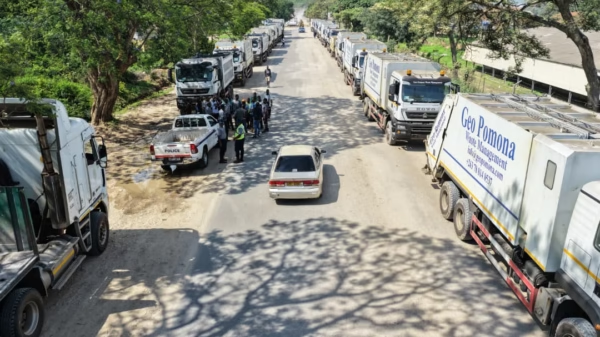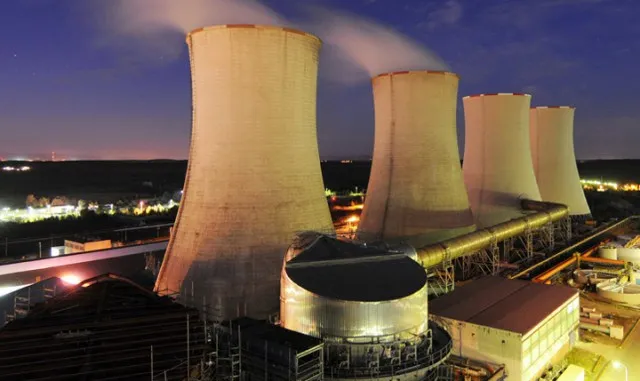Businesses in Zimbabwe are bracing for a looming crisis as the country grapples with severe power shortages, prompting concerns over escalating energy costs and potential repercussions on operations.
The Zambezi River Authority’s decision to reduce water allocation for power generation at Kariba Dam, a vital source of electricity, exacerbates an already dire situation, with ramifications reverberating across industries.
The directive to limit electricity generation at Kariba Power Station to 214 megawatts until the end of March 2024 spells trouble for businesses heavily reliant on consistent power supply. While Hwange Power Station aims to fill the gap, technical challenges persist, and Independent Power Producers (IPPs) contribute minimally to the national grid, compounding the crisis.
Kurai Matsheza, President of the Confederation of Zimbabwe Industries (CZI), voices industry concerns, citing escalating electricity costs amid dwindling supply.
Faced with mounting expenses, some companies contemplate transitioning to pricier alternative power sources, inevitably driving up production costs and consumer prices, exacerbating economic strain.
ALSO READ: Two Zimbabwean Sisters In a Fight Over US$120K Varsity Fees
While businesses explore renewable energy options, Matsheza underscores the short-term nature of such initiatives, hindered by substantial capital investments. Solar energy emerges as a viable alternative, with investments primarily driven by private entities seeking to mitigate the impact of erratic power supply.
However, the shift towards alternative energy sources poses logistical and financial challenges, potentially necessitating staff rationalization and production cutbacks to offset rising operational expenses. CFI Holdings, an agro-focused retailer, outlines its strategy, emphasizing solar power adoption and future investments in solar farms to sustain manufacturing operations.
Economists Victor Bhoroma and Eddie Cross warn of far-reaching consequences for the economy, underscoring the critical role of power in driving productivity and industrialization.
Prolonged power cuts, exacerbated by water allocation cuts, threaten to disrupt economic activities, prompting businesses to navigate increased operating costs and potential layoffs.

For comments, Feedback and Opinions do get in touch with our editor on WhatsApp: +44 7949 297606.









































